Cleanroom News, Cleanroom Technology
The Eclipse & Supersonic Travel
It shouldn’t come as a surprise to our astute readers that here at Berkshire we love technology. All kinds of high tech – from the nanotech of graphene to the mega-tech of MarsOne. And, as a corollary, we also love the trivia that comes with it. So, ahead of next week’s other-worldly excitement of the solar eclipse, we were intrigued to read about a previously little known social group, the umbraphiles. Who? We’re glad you asked. Umbraphile – literally ‘shadow lover’ – is the name given to those who chase eclipses, researchers like Professor of Astronomy Donald Liebenberg of Clemson University, SC. A committed umbraphile, Liebenberg currently holds the record for the greatest amount of time spent in the shadow of the moon, thanks to his fortunate trip aboard Concorde in 1973.(1) We’ll return to that particular adventure shortly.
And Liebenberg is not alone in his foibles. Glenn Schneider of the University of Arizona has attended 33 eclipses and confesses to being an addict: ‘“I’m an eclipse junkie. I’ll admit that. […] People talk about eclipse addiction, and I think I’m probably up here on the top of eclipse addicts.”’(2) Schneider’s passion sees him travelling the globe – in 1986 he compensated for missing an eclipse in Antarctica by being one of only nine observers on the planet to view a total solar eclipse off the coast of Iceland. From an aircraft.
And it is this aeronautical link that has us interested. Given that solar eclipse events, when viewed from a stationary point on the Earth’s surface, are by definition transitory, the only way to get a longer view is by travelling at a matching speed. And that speed is more than a thousand miles per hour, putting it in the supersonic category. Enter supersonic transport (SST) and the iconic, flagship craft, the Concorde – a joint partnership between the United Kingdom and France.

In 1973, an international group of astronomers leveraged the prototype Concorde, then nearing the conclusion of its preliminary flight tests, to chase an extraordinary eclipse around the globe.
The event that year was slated to be the longest eclipse on record, with a maximum of 7 minutes and 4 seconds viewing time as the moon passed across the Sahara Desert. However, from the vantage point of a seat on the SST, researchers would be able to multiply that duration by a factor of ten, gaining more than 70 minutes to observe the event. The only challenge was for the group of civilians to get their hands on the plane.
Enter Pierre Léna of the Paris Observatory. A young academic, Léna pushed the boundaries by appealing directly to test pilot André Turcat to fly the plane at close to maximum velocity, intercepting the moon’s shadow over northwest Africa. As the plane and the shadow traveled together in the newly darkened atmosphere, the astronomers aboard would be able to closely observe the solar corona, the usually invisible swirling mass of gases that exists in the sun’s outer atmosphere, and to view the chromosphere, the tantalizingly meager layer around the sun generally eclipsed by the brightness of the the star’s photosphere. It was the opportunity of a lifetime and Turcat agreed.
Within two minutes of take-off, the plane had reached Mach speed, cruising at 707 mph and climbing into the stratosphere at an altitude of 56,000ft.
By the time they reached Mach 2, Léna and his associates were readying their experiments – preparing to observe residual dust particles in the solar halo, measuring pulsations in light intensity, recording the effect of sudden darkness on oxygen atoms, and cataloging the glorious chromosphere flashing red alpha light.(3) After 74 minutes in the shadow of the moon, the craft neared its landing destination, an airstrip in Chad. Descending into the Central African nation still shrouded in penumbra, the researchers had, in effect, enjoyed more eclipse observation time in that single flight than in the entire century preceding. And this advance was made possible only because of supersonic transport technology.
So what is supersonic flight? In aeronautical terms, the speed at which a craft moves is termed its regime of flight. There are four regimes – subsonic, transonic, supersonic, and hypersonic – and our regime of interest, the supersonic – clocks in at Mach 1 through 5, or five times the speed of sound. Until its retirement in 2003, Concorde flew at slightly greater than Mach 2 – twice the speed of sound (or approximately 1536 miles per hour) – and could fly from London to New York in less than 3.5 hours, an eminently civilized journey but one which barely allowed time to fully enjoy the onboard drinks service.
But apart from the curtailed bar time, there is a serious downside to supersonic flight, the phenomenon known as the sonic boom.
When a craft moves through the sky, air molecules are pushed aside creating a series of shock waves – you can think of it like the waves that form at the bow and stern of a boat as it slices through the water. With supersonic flight, the shockwaves travel at the speed of sound (768 miles per hour) but because the craft is moving even faster, the waves become compressed forming a Mach cone. The pressure increases at the nose of the aircraft, passing along the body until it decreases to a negative pressure at the tail. When the aircraft passes the wave, the state of ‘overpressure’ normalizes and a boom – a thunder-like explosion – is heard. And it is not a singular occurrence: given that the craft is continuously creating and releasing pressure waves, a rolling ‘boom carpet’ unfolds below the craft during transit.
The sonic boom has an ‘overpressure profile’ that is known as an N-wave and is measured in Pascal units, where one Pascal equates to one Newton per meter squared. The N-wave of a sonic boom, depending on altitude, the quantity of the air displaced, the size, shape, and velocity of the aircraft, ranges from 50 to 500 Pa, or 1 to 10 pounds per square foot. To date, the strongest boom recorded was generated by an F-4 flying close to the speed of sound at an altitude of 100 feet, which measured in at 7000 Pa. In terms of physical effects on infrastructure and upon the body, as long as booms stay below around the 530Pa level physical damage to buildings (windows etc.) should not occur, and it is thought that overpressures would need to reach more than 700lbs to cause eardrum damage.(4)
But that does not stop those who live on the flight path of supersonic craft from being concerned. Over a six-month period, early tests by NASA and the Federal Aviation Administration (FAA) in 1964 created a series of eight sonic booms per day over Oklahoma City in order to research the effects of sustained booms on infrastructure and noise control. The extended experiment resulted in 15,000 nuisance complaints and a class action lawsuit against the federal government. According to NASA, overpressures of between 1.5lb and 2lb can be expected to generate public reaction, and given that the decibel level of a boom can reach up to 200 db, this is no surprise.(5)
But recent research by NASA in association with Boeing and Lockheed Martin is looking to lower resistance to supersonic transportation by lowering decibel level. As far back as 2012, Geek.com reported on noise abatement research by this partnership which aimed to bring the supersonic boom down to a more reasonable 79 decibels.(6) To give a yardstick, the expected ‘level of acceptance’ is around 70 decibels, which – according to IndustrialNoiseControl.com – equates to the sound of a vacuum cleaner.(7) And the reason for this research? Currently, supersonic flight is prohibited over land in the U.S. apart from a special dispensation awarded to test ranges such as NASA’s Armstrong Flight Research Center in Edwards, CA. In short, federal regulations seek to ensure that civilian ears are protected from the unavoidable noise nuisance.
But what if the nuisance were not unavoidable?
According to Peter Coen, Manager of NASA’s High Speed Project, the goal of supersonic speed research is to eliminate sonic booms altogether, allowing supersonic aircraft overhead that generate little more than the ‘thump’ akin to a distant car door closing.
And NASA’s QueSST and BAART initiatives aim to make that a reality.
Quiet Supersonic Technology (QueSST) is a NASA-led program in association with Lockheed Martin, the aeronautics company based in Palmdale, CA, which will replace the sonic boom with a supersonic ‘heartbeat.’(8) With a research and design budget of $20 million over 17 months, the QueSST technology will enable the development of a passenger jet with custom specifications, concept formulation, build details, and protocols for testing, including the incorporation of Low Boom Flight Demonstration (LBFD) phases in which community response will be invited. According to an article in the Los Angeles Times, initial work on the QueSST X-plane will see the craft’s shape pared down to a slender fuselage that ‘separates the [shock]waves so they don’t join together […] in a telltale “N” pattern to create that sharp crack of [sonic boom] sound.’(9)
And the NASA/Lockheed Martin partnership is not the only game in town. Aerion Corporation, based in Reno, NV, is developing the AS2, a business jet that will begin supersonic flights in 2023. With a Mach speed of 1.5 and a range of 5,750 miles, the AS2 will enable a four-hour flight time between London and New York, and is the brainchild of Richard Tracy, an aerodynamicist who developed a proprietary laminar flow airfoil that works at both supersonic and subsonic speeds. The Supersonic Natural Laminar Flow (SNLF) combines with a new carbon fiber composite wing design that ditches the conventional delta wing shape in favor of a laminar flow, decreasing spanwise airflow that trips the boundary layer – the air cushion nearest to the wing. With a smoother airflow comes decreased turbulence and a net friction and drag decrease of 70%. And, despite FAA regulations on supersonic travel over land, all of this is great news in terms of increased speed of travel. In an article by Mark Patiky, The Future of Business Travel, Brian Barents, co-chairman of Aerion, notes: “We built our business plan assuming that we would fully adhere to current global regulatory requirements. That would limit us to high subsonic speeds over the U.S. Over the rest of the world, we would fly using existing standards that allow supersonic speeds as long as the sonic boom doesn’t hit the ground [At Mach 1.2 – 800mph – the AS2 will be boom-less].”(10)
But this cool technology comes out of the R&D cleanroom at a price.
With each Aerion AS2 costing $120 million – approximately twice the price of the Gulfstream G650 – the craft is designed for ‘[m]ajor corporations exploring international markets’ where the fiscal outlay is offset against the time savings of personal appearances by top executives at meetings. Kenn Ricci, chairman of Flexjet, a company that offers fractional ownership of private aircraft, noted that while the AS2 is not an everyday tool in the executive toolbox, “for times when you need it – for missions that take full advantage of its unique and extraordinary capability – it will be the most powerful business tool you can imagine.”(11)
Interestingly Aerion is partnered with the European Airbus Group, a global leader in aerospace and defense related services. Headquartered in the Netherlands, the company has a $10+ billion per annum revenue and a workforce of more than 136,000 employees. And the company also boasts a sizable research budget, with more than three billion euros set aside annually for R&D, much of it in contamination-controlled, cleanroom environments. Take, for instance, the 500 m2 facility recently established in Poland.
According to a press release by Airbus, the complex of cleanrooms will accommodate class ISO 7 rooms in which the humidity, temperature, and particulate matter will be constantly monitored and limited to around 2,500 particles ≥5 µm per m³.(12)
So with a generous budget for technology in place, Aerion’s partnership with Airbus may well be the key to bringing supersonic transit to a somewhat broader spectrum of travelers. And the benefits, apart from a saving in time, are significant.
Firstly, for those with travel-related queasiness, supersonic travel is smoother than its conventional counterpart because craft fly at around 60,000ft, an altitude above most of the turbulence, affording a much less challenging ride.
And there are other ways in which it might be healthier. In terms of cosmic radiation exposure, although the ‘thinner atmosphere filters out less radiation [making] exposure per unit time […] higher […] the faster speeds mean you spend less time in the air in the first place’ which balances out the overall risk.(13) Additionally, sitting for extended periods of time – say in a ‘cozy’ economy-class seat on a long-haul flight – is a leading cause of travel-related circulatory problems such as deep vein thrombosis (DVT), a serious issue with flyers. And, of course, there’s also the fact that from this elevated altitude, the view from the window shows both the darkness of space above the craft and the curvature of the Earth below – putting to rest the re-emerging Flat Earth nonsense that raises our scientifically-inclined blood pressure in myriad unhealthy ways.
But even with these benefits, we must also consider the alternatives – one prominent option being innovation bad boy Elon Musk’s Hyperloop.
With a promise to allow a future in which we can ‘be anywhere, move everything, connect everyone,’ the hyperloop is based on the old concept of moving magnetically levitating vehicles via low-pressure tubes. Sound like something nineteenth century science fiction author Jules Verne would have conceived? Perhaps. But in live Propulsion System Open Air (POAT) tests, a hyperloop sled accelerated to 136mph in 2.2 seconds.(14) Two point two seconds. Hmm… In August 2016, work began on the construction of DevLoop – the world’s first full-scale hyperloop track in Apex, NV, and by May of 2017 Hyperloop One successfully tested all components ‘including vacuum, propulsion, levitation, sled, control systems, tube, and structures.’(15) With State 2 testing underway, Hyperloop One aims to have a small handful of systems in operation by 2021, beating the anticipated launch date of Aerion’s AS2 craft by a full two years.
The beauty of Hyperloop is the on-demand transportation of people and freight in an enclosed, autonomous system that does not add to existing traffic congestion, emission-based pollution, or noise.
It is touted as energy efficient, quiet, safe, wildlife-friendly, and environmentally sound. Although with its projected cap of 670mph it cannot reach Mach speeds, the ground-based transportation system may be a more practical option for mass movement, given its energy independence and scalability. Where the new generation of supersonic aircraft are perhaps the thoroughbreds of the racecourse, Hyperloop may be the workhorse of the system. But, as Hyperloop One’s website claims, that workhorse –available to all – will be ‘absolutely grandma friendly, child-friendly, and pet-friendly.’(16) And we cannot wait to experience it for ourselves.
Do you have thoughts about the pros and cons of supersonic travel? Can you imagine a business scenario in which the costs of cruising at Mach 2 would be worth the potential gains? Or would you prefer to take it (comparatively) easy and catch the hyperloop? We’d love to know your thoughts.
PS: If you are planning on observing the solar eclipse on the 21st, remember: safety first! The astronomers on staff here at Berkshire would like to gently remind you that eclipse glasses are a must. Your sight is precious – safeguard it. No unprotected peeking!
References:
- http://www.npr.org/sections/thetwo-way/2017/08/08/539553696/go-see-it-eclipse-chasers-urge-your-first-time-is-always-special
- ibid
- https://motherboard.vice.com/en_us/article/8q8qwk/the-concorde-and-the-longest-solar-eclipse
- https://www.nasa.gov/centers/armstrong/news/FactSheets/FS-016-DFRC.html
- ibid
- https://www.geek.com/geek-pick/nasa-designs-supersonic-aircraft-with-a-quiet-sonic-boom-1480793/
- http://www.industrialnoisecontrol.com/comparative-noise-examples.htm
- https://www.nasa.gov/press-release/nasa-begins-work-to-build-a-quieter-supersonic-passenger-jet
- http://www.latimes.com/business/la-fi-supersonic-jets-20170202-story.html
- http://static.flexjet.com/wp-content/uploads/2016/03/Plane-Advantage-March-April-CEO-Magazine-Spread-plus-Single-Pages1.pdf
- ibid
- http://www.airbus.com/newsroom/news/en/2016/06/airbus-defence-and-space-to-construct-new-clean-rooms-in-poland.html
- https://boomsupersonic.com/faq/
- https://hyperloop-one.com/our-story#POAT
- https://hyperloop-one.com/our-story#Successful%20Test
- https://hyperloop-one.com/fact-sheet-and-faq





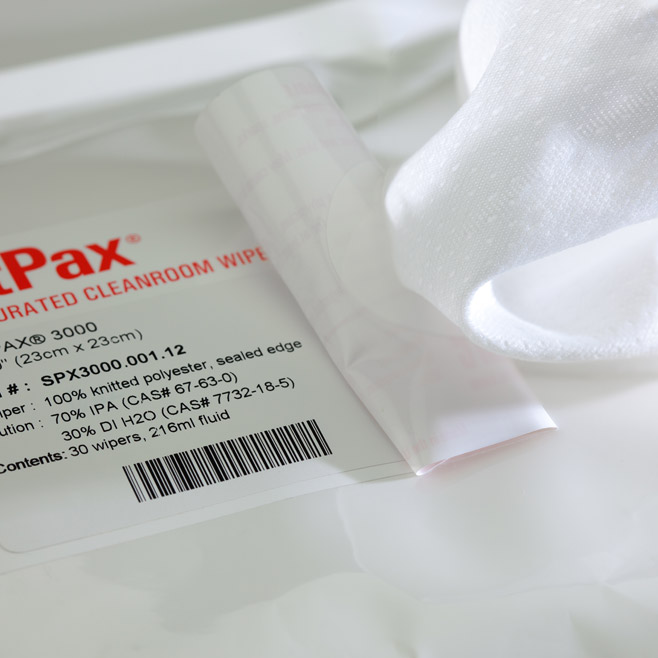
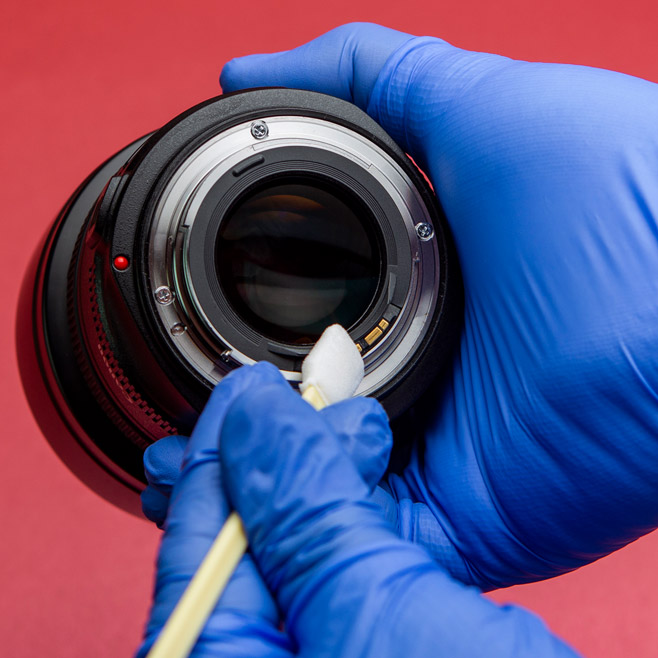
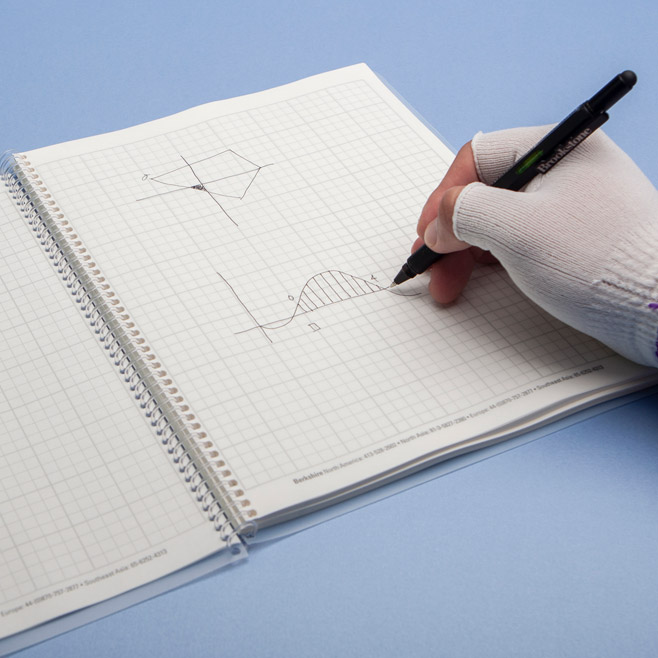

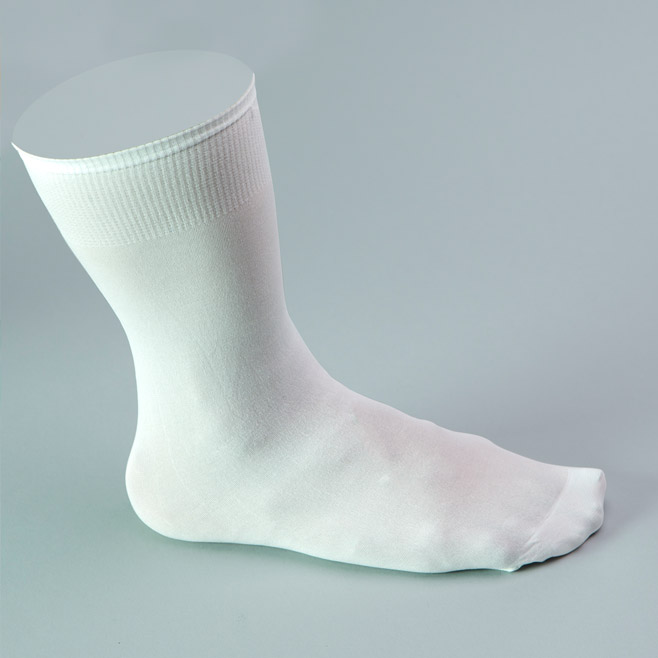
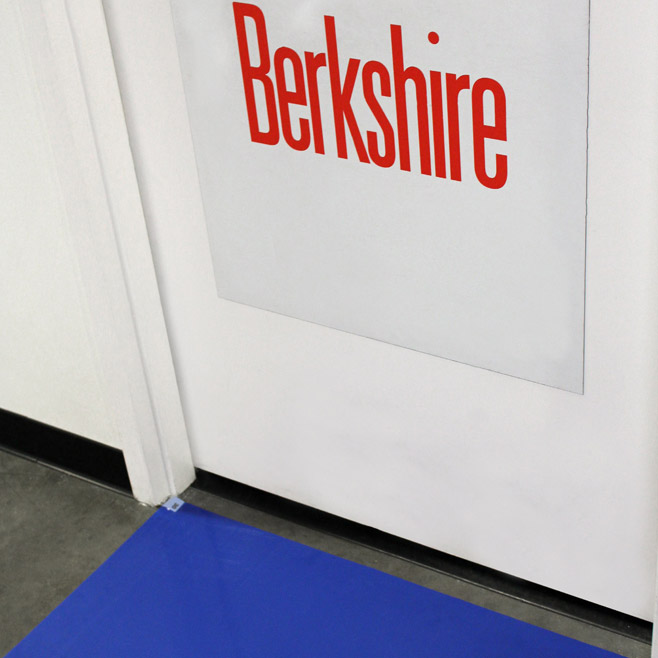




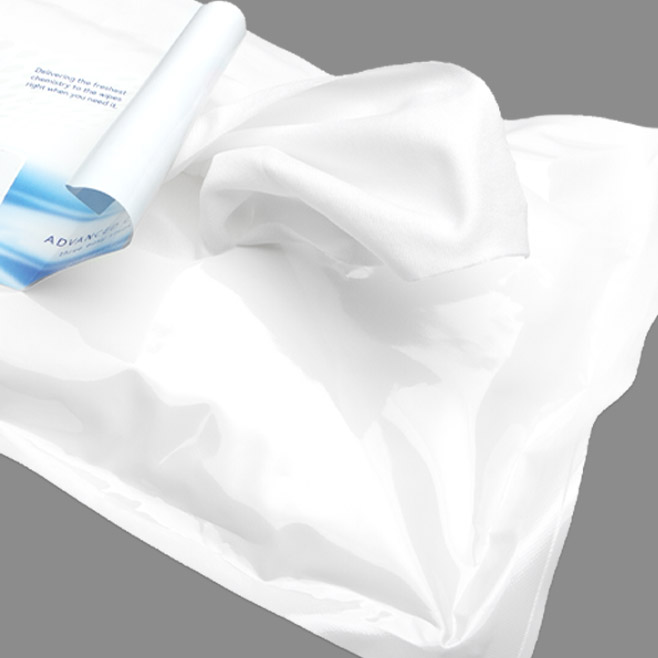
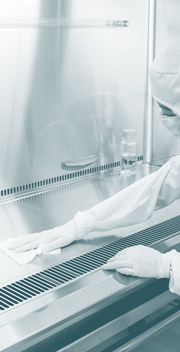





Pingback: Super Sonic Travel And The Eclipse - Berkshire Singapore